| If you've been following my recent foraging posts and recip(ish)es, you may have noticed a lack of onion and garlic in my kitchen. I've never been able to tolerate raw onion or garlic but as I've got older I find alium generally difficult to digest. Leeks, in small quantities is OK and on the rare occasions I'm eating away from home I can tolerate a little, well cooked onion and garlic but on a day to day basis I just don't cook with it. It's unfortunate for me that onion and garlic seem to have made their way as standard into almost every veggie or vegan dish and tragic indeed that one of my all time favourite foodstuffs, that trusty vegan staple that is houmous, is so often 'polluted' with the travesty that is actual raw garlic. Shock horror! I've found that it's perfectly possible to make an entirely satisfying houmous (my houmous has been variously described as 'delicious', 'banging' and 'a triumph') by simply eliminating the garlic... But never let it be said that I'm not up for an experiment... And there's a new kid in the hedgerows! I'd like to introduce the biennial, native, garlic mustard! An attractive, delicately flowered, broad leaved relative of cabbage, mustard and watercress amongst others, you can use every part of this pretty plant in the kitchen. While the root can be said to have a horseradishy or wasabi like flavour, the leaves and flowers are great in salads and in cooking as an alternative to garlic. Therapeutically, garlic mustard has been used as an antiseptic, for bruises and sores, coughs, colds and according to one text even kidney stones, though thankfully I've never had to try that one! It's the latest foragable to have burst up around Llanrhaeadr anyway so I thought I'd give it a go in some garlic free houmous! Happily, it was a great success and it'll definitely become a regular ingredient in houmous for me during its growing season, which should theoretically get me right through into September! Here's an approximate guide for how to make delicious, banging, triumphant garlic mustard houmous. It's tasty, nutritious and super quick to make. I know every recipe says that and no, I never make a '30 minute' recipe in half an hour either, but it is simple. Really. Check out the gallery photos for visuals on quantity... And see if you can spot the kitty! | Garlic Mustard Houmous:Pop a roughly drained tin of chickpeas into your blender jug or a vessel you can use a stick blender in. For 'rustic' houmous and if you've not got a blender, you could in theory use a potato masher, but, no. Get yourself a stick blender, they're great. Add a couple of generous tablespoons of tahini, about a quarter teaspoon each of ground cumin and smoked paprika, then add freshly ground black pepper and sea or mineral salt to taste. Glug a good dose of extra virgin olive oil to cover the lot and prepare your garlic mustard; simply snip the leaves and flowers off a ten to twelve stem bunch of the herb, keeping the flowers separate for decorative purposes! Wash and drain the leaves and add them to the vessel along with the juice of a lime (lemon is more traditional, I like lime) and blend the lot until it's smooth. Avoid adding more water if you can, you don't want it too runny! Et voilà, garlic mustard houmous! Rich, creamy houmous with a garlicy tang, a gentle mustard after-glow and absolutely no alium related indigestion! There shall be much rejoicing! Serve with salad, crackers, fresh bread, crudités, grissini... Or my favourite, a great, big, steaming, hot baked potato! It will keep for a couple of days in the refrigerator, but you'll probably eat it all long before that's an issue. Bon appetit! You'll be making it again, I promise! |
|
0 Comments
There's so much burgeoning growth in the hedgerows at the moment that I can't quite believe my luck and it seems like there's just one new plant after another unfurling itself and begging for a forage in recent weeks!
With those qualities (and more!) I think this would be a great dish if you're bouncing back from one of those spring colds that seem to be rampaging about at the moment! It's got a distinctive flavour, slightly more like kale or cabbage* than spinach, a little bit lemony, quite sour and slightly bitter. There are, of course, hundreds of sorrel soup recipes out there but here's my version!
A while back I mentioned cleavers as a seasonal ingredient to my 'spring tonic tea' but I've been enjoying it as a refreshing, soothing medicine all on its own in the last couple of weeks, so I thought it was worth revisiting.
We can thank (or maybe blame!) the Romans for introducing this cousin of the carrot to our shores apparently, as they were fond of using it for culinary as well as medicinal purposes. One of it's therapeutic uses is as a poultice for arthritic conditions, in fact it's also earned itself the name 'gout weed'. To eat, I think it tastes a bit like a cross between parsley and celery. You definitely need to select the new leaves not the mature ones though, they're a bit too tough and develop a more pungent flavour that would, shall we say, be an acquired taste!
Fresh ground elder pesto pasta two days in a row and 'weeding' very temporarily crossed off my list of chores! Perfect! Wishing you an equally satisfying foraging-come-gardening adventure this weekend! May your tummy be full and your herb beds clear! With love until next time. Xx
Other plants I’ve been brewing up recently include nettles (not just good for soup!) and fresh mint shoots… Mmmm, freshness! You could use any of those on their own or make a super brew! I’m also looking forward to my lemon balm getting more leafy; one of my favourite herbal brews!
So there we are, as simple as that! It really doesn’t take long and it’s such a refreshing treat of a way to bring some spring time health and healing to your system. Incidentally, I always like to ask permission before I harvest any plant. I’d like to think I have a sense of when the answer is ‘no’ but it more often than not seems to be a ‘yes’. At the very least I’d say it’s important to cultivate a sense of gratitude. How you communicate that is up to you but holding it in mind as you prepare, enjoy and benefit from the plants is part of the magic, I have no doubt! Wishing you a joyful spring unfurling until the next post! xx In the last (first!) post, I promised ‘seasonal recipes’… and then slightly regretted it. Not because I lack excitement in sharing my culinary adventures, far from it, but because the word ‘recipe’ suggests a kind of measured restraint with which I do not cook. I did actually, in a previous life, run a vegan cooking website. What I’d invariably do is cook merrily into the early hours, flinging stuff about my kitchen, take photos of it, eat it, and then begin the arduous task of trying to guess, remember or approximate how I’d arrived at the outcome. Of course I had to use recipes when I was running the kitchen at Taraloka, otherwise the cooks wouldn’t necessarily know where to start, but I didn’t much use them when I was cooking and the occasional ‘helpful notes’ that were returned to me in the menu folder often betrayed my embarrassing inability to distinguish between theoretical quantities where zeroes were concerned. I once accidentally ordered 2.5 grams of mushrooms instead of 2.5 kilograms of mushrooms. The delivery driver kept a wonderfully straight face as he solemnly handed me a single cup mushroom dangling loosely in its luxuriously spacious carrier bag. Meh. Whatever.
At this time of year, Nik’s only just getting the growing underway (though we’re looking forward to some pea shoots soon!) so it’s foraging first. I’ve been doing my bit to help with the weeding by bringing nettles into the kitchen. I’m probably not really scratching the surface but it’s nice to think I’m playing a part in keeping them at bay! They also happen to be incredibly nutritious and full of vital, springy, stingy energy! Interestingly, I do actually have a nettle soup recipe on my old cooking site, which I’ll share for nostalgic value but the ‘recipe’ bears little relation to what I actually prepared for our lunch at the weekend which went something more like this: Nettle Soup Recip(ish)
When you’re ready to serve, stir in some chopped fresh mint (that’s the other thing we can reliably harvest from the garden now and will also get out of hand very quickly if we don’t keep on top of it!) and lemon juice. Sorted. The amount you can see here served two good bowlfuls, twice. I suppose a more straightforward way of saying that is four portions, but where’s the fun in that? I think the real point to make there is that it keeps well. Actually, like many things, time deepens and improves the flavour. A Visual Journey of Nettle Soup!Incidentally, Milarepa, the 11th Century Tibetan Buddhist Yogi is famous for existing on a diet of nettles. It would be my hope that any food you prepare that's inspired by this article would nourish you on your own journey to happiness and enlightenment for the benefit of all beings… but I suspect Milarepa wouldn’t advocate my use of bulking ingredients, fat and flavouring so perhaps I’ve got a little way to go just yet!
With love until next time, Annabeth xx |
We're Nik and Annabeth. This is Earth Heart...Read about the Earth Heart Project here... Reaching Out?
earth_heart@glittermouse.co.uk Categories
All
|
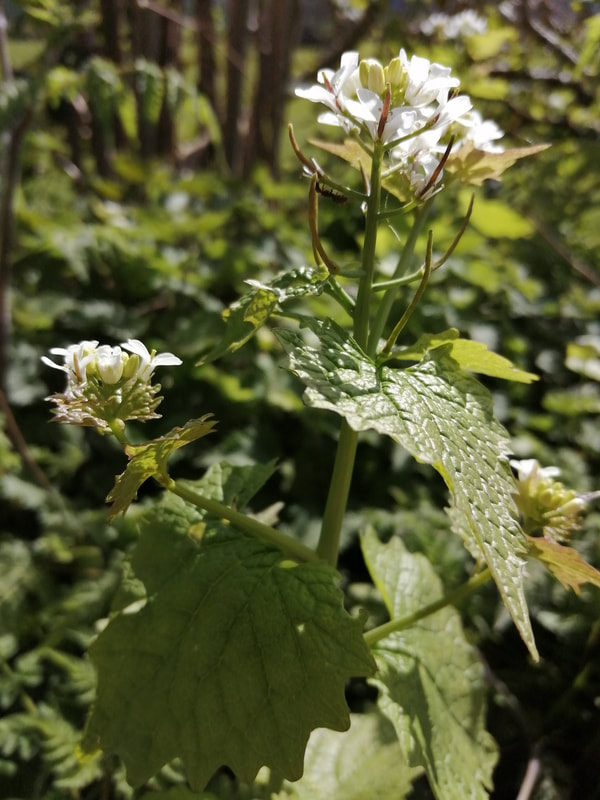
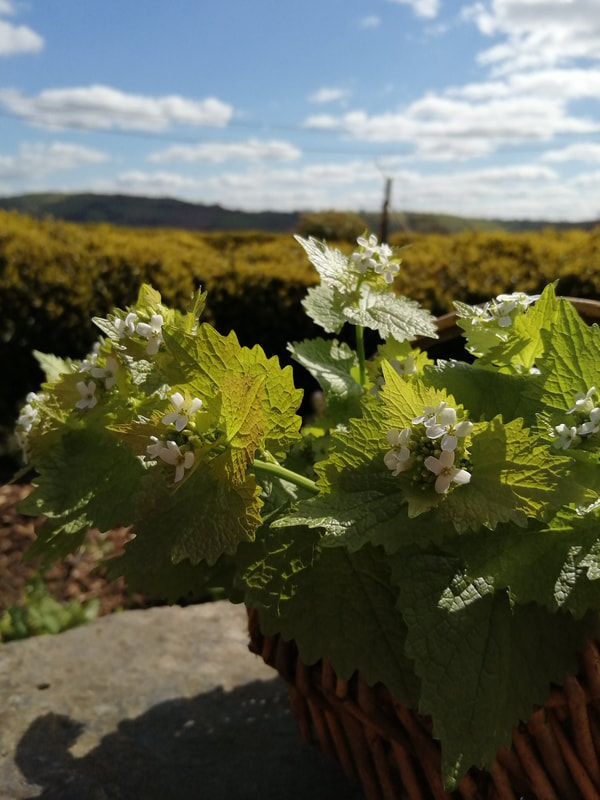
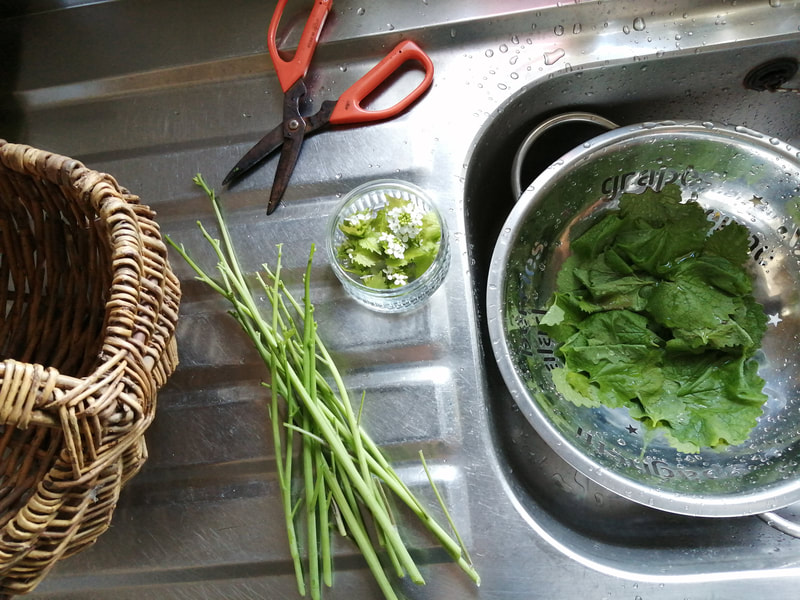
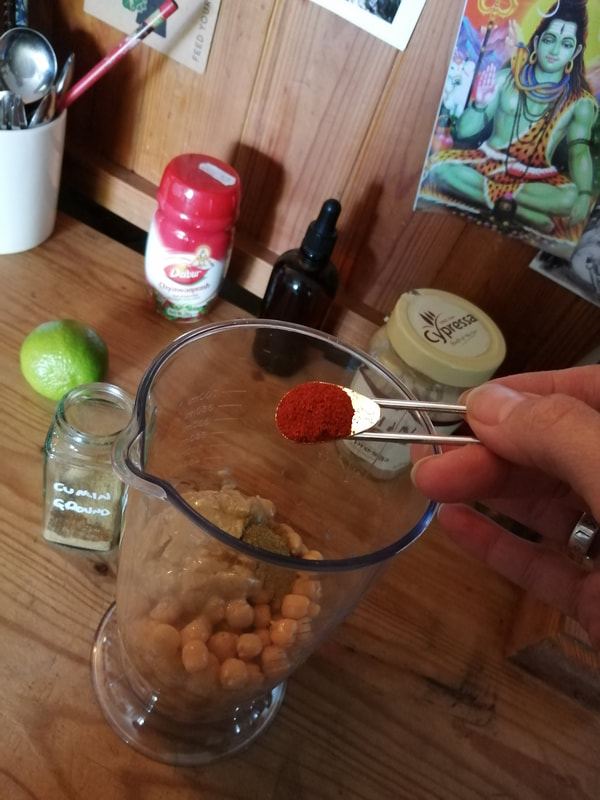

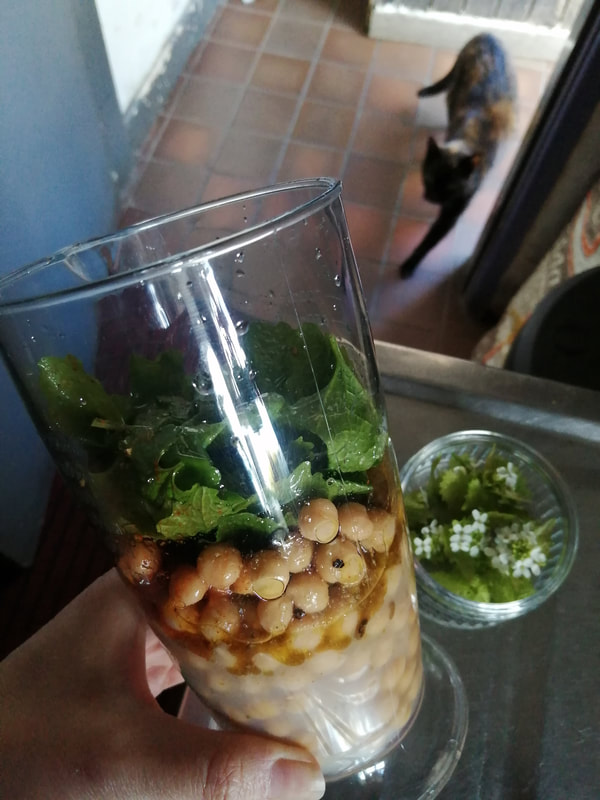
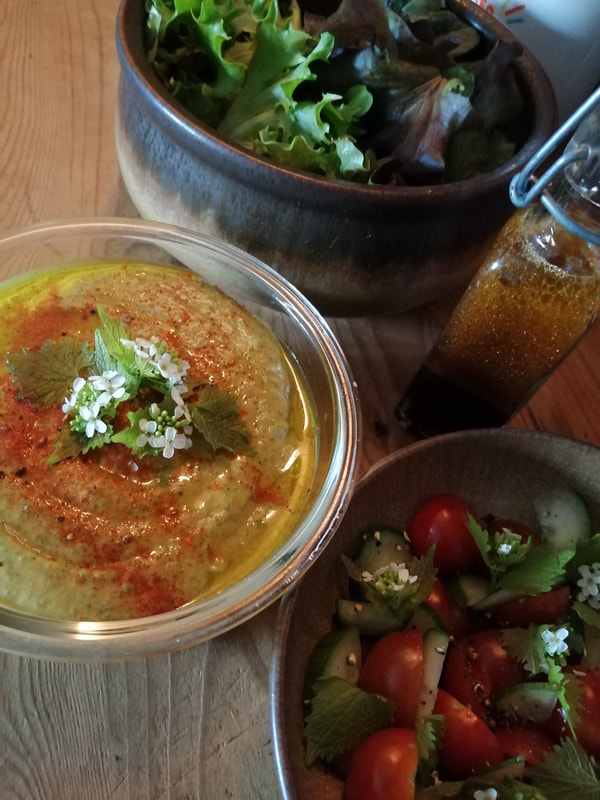
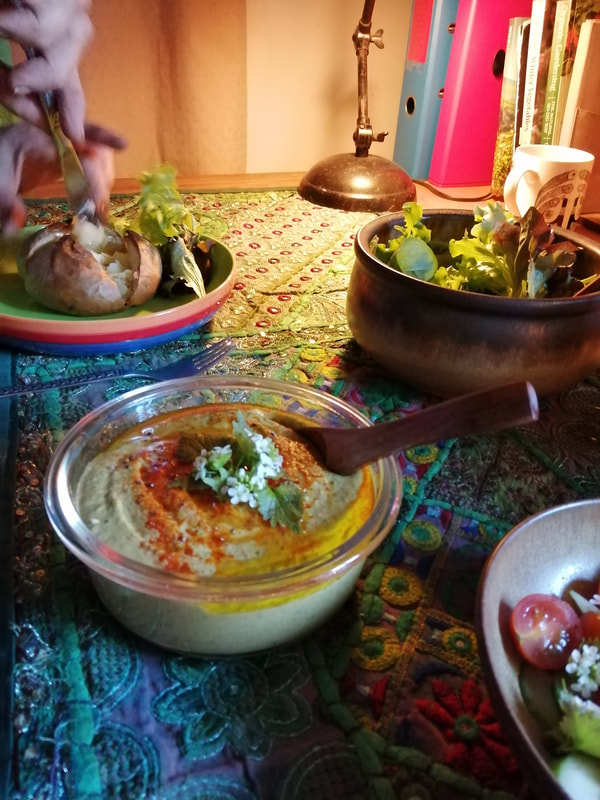
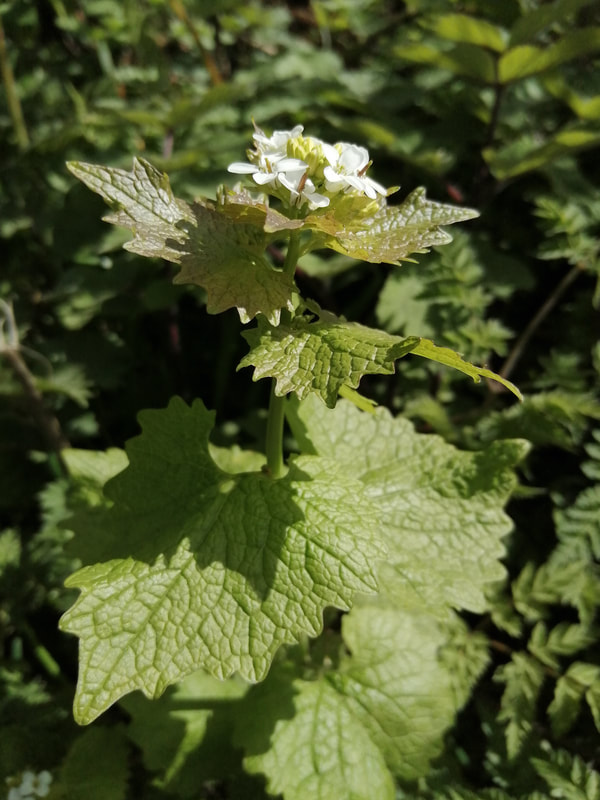
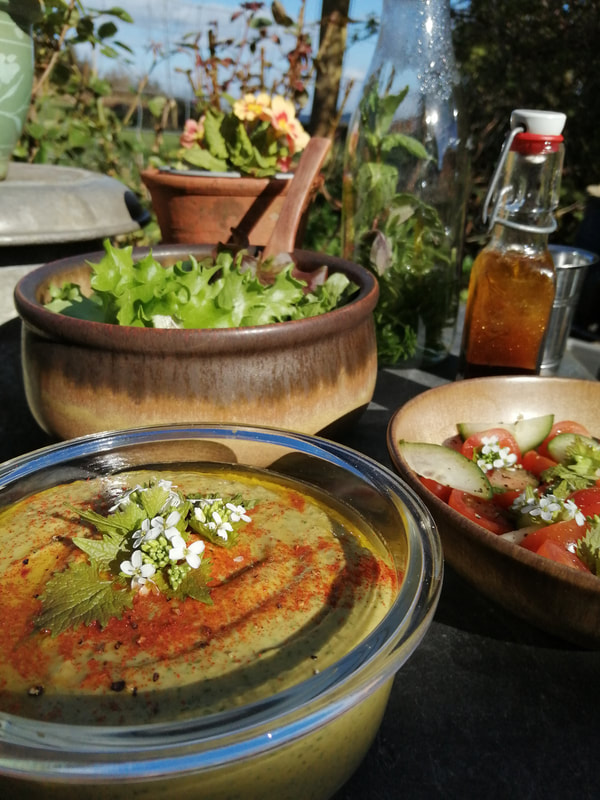

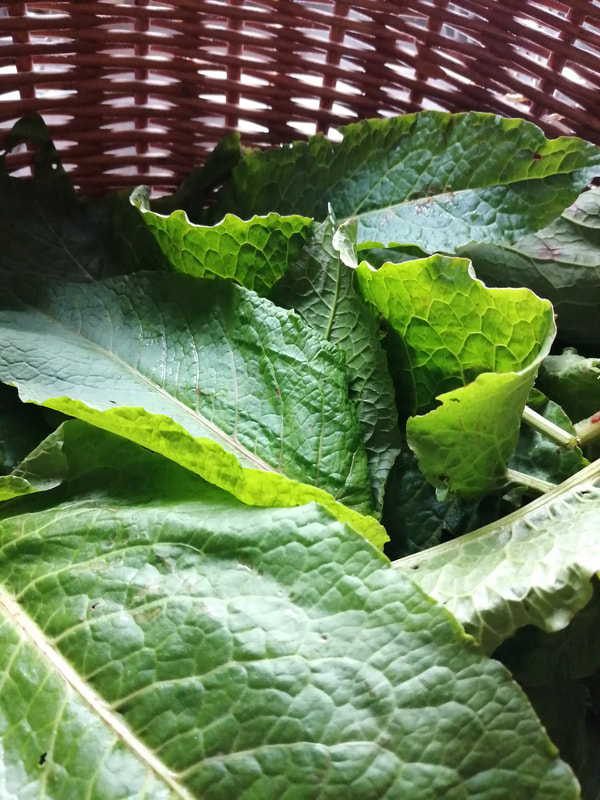
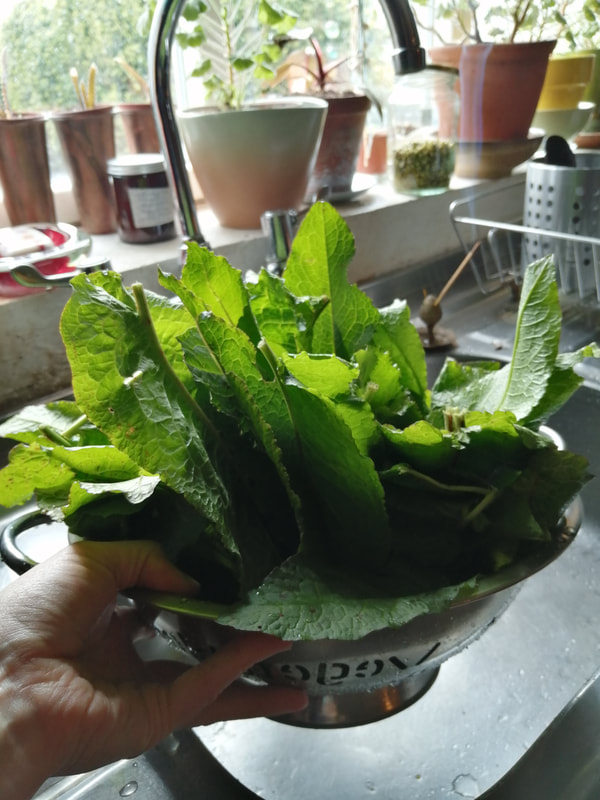
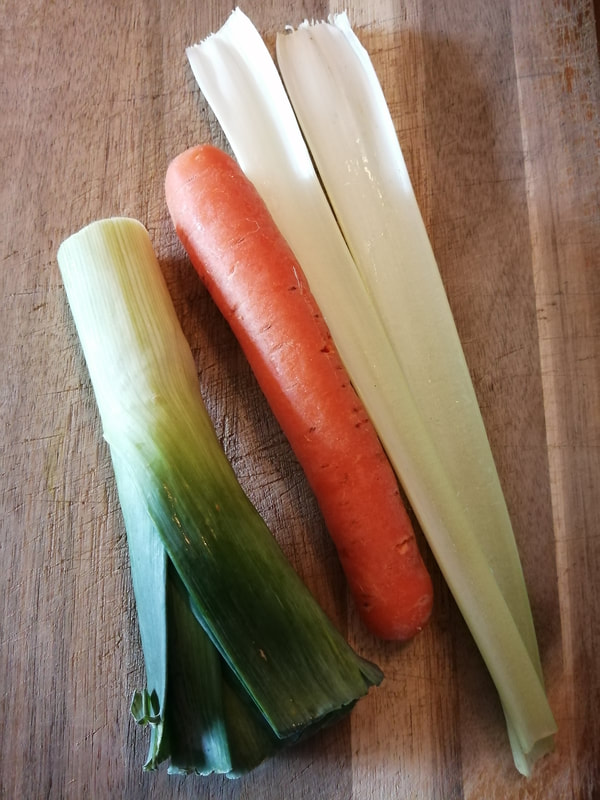
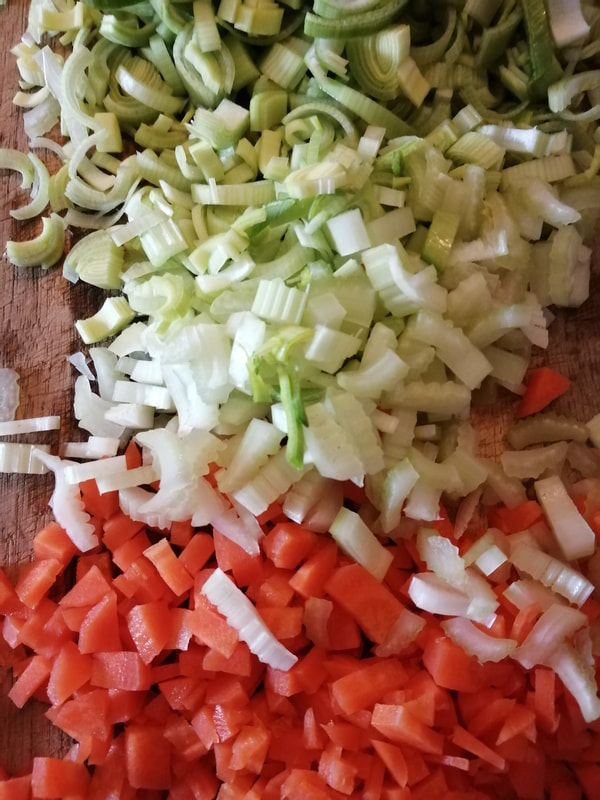

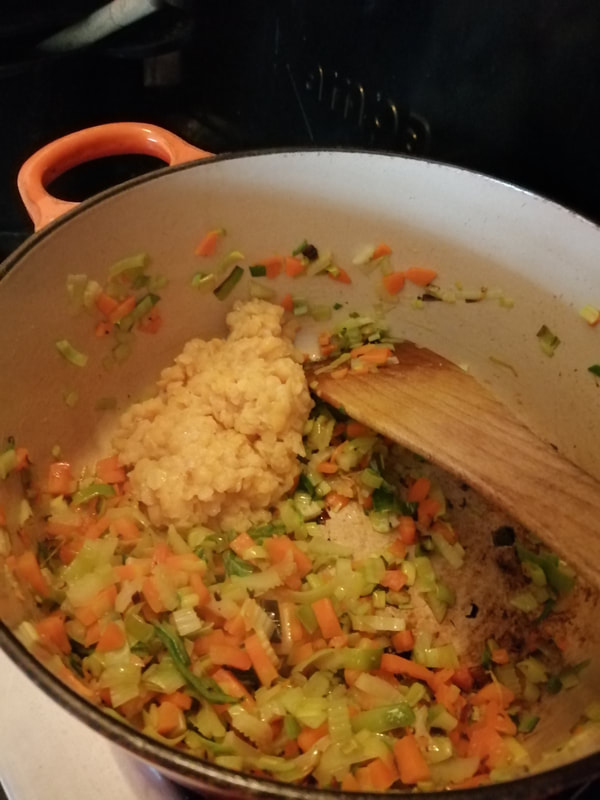
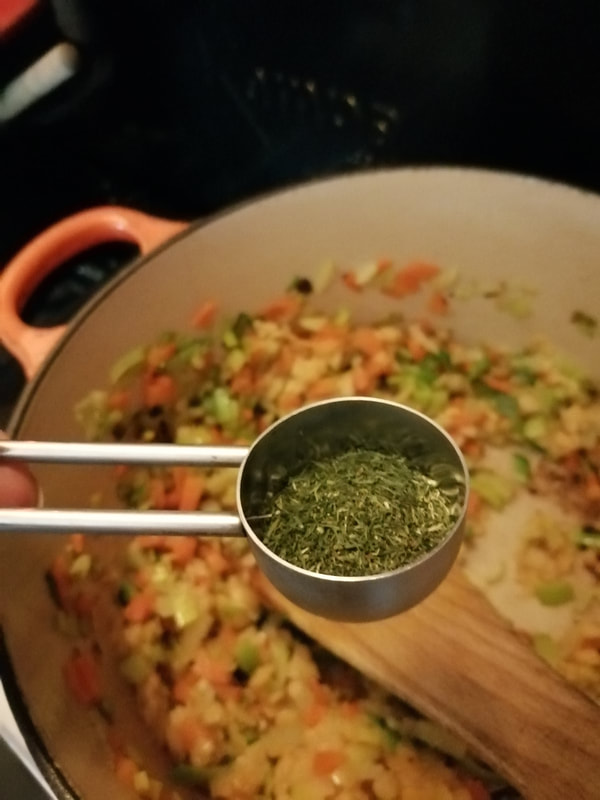
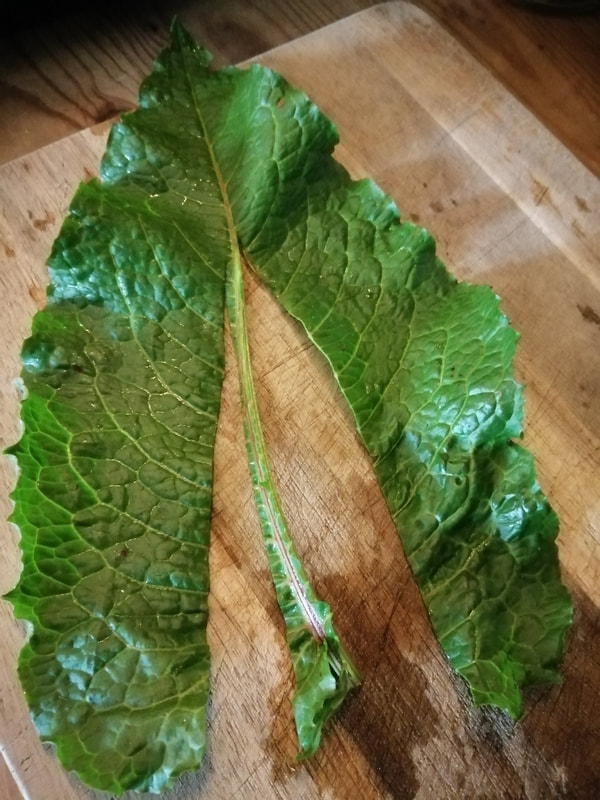
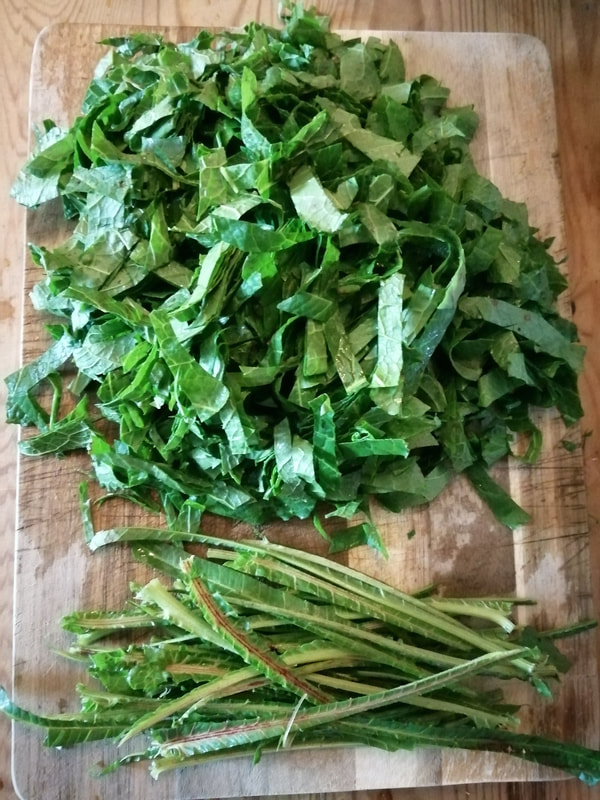
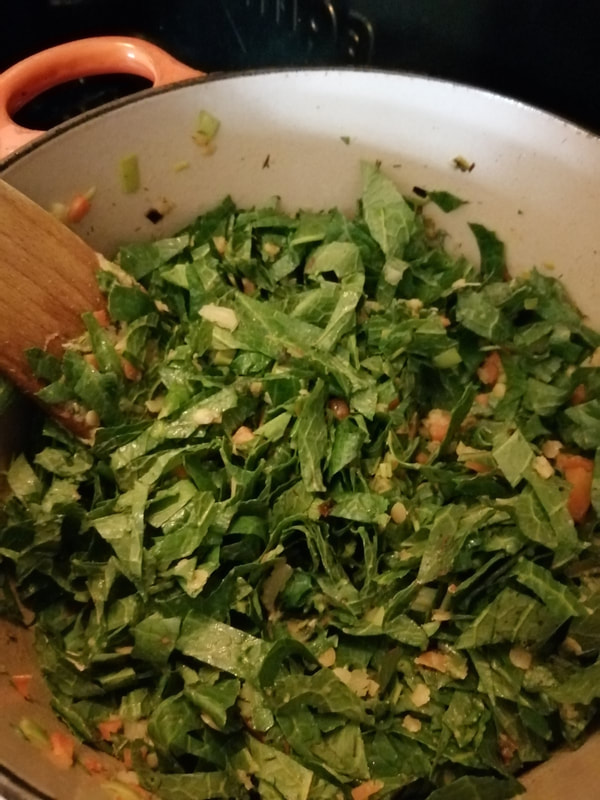
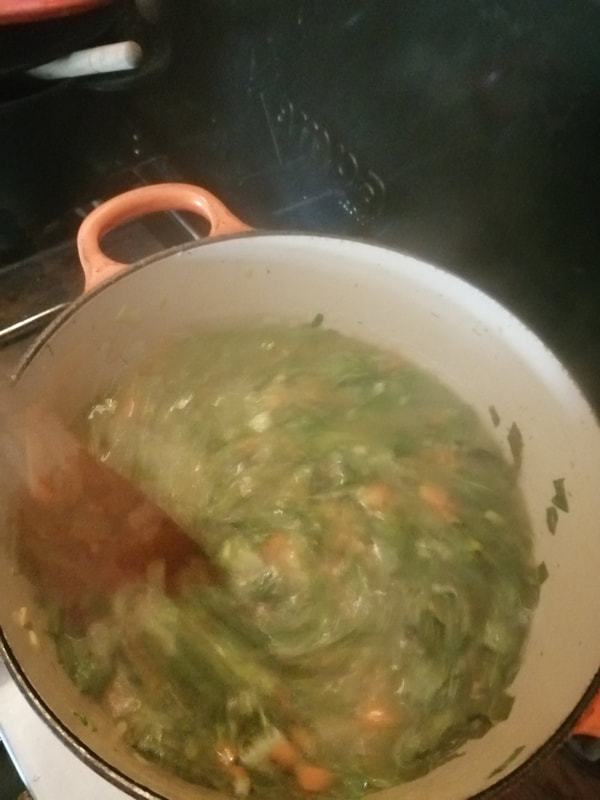
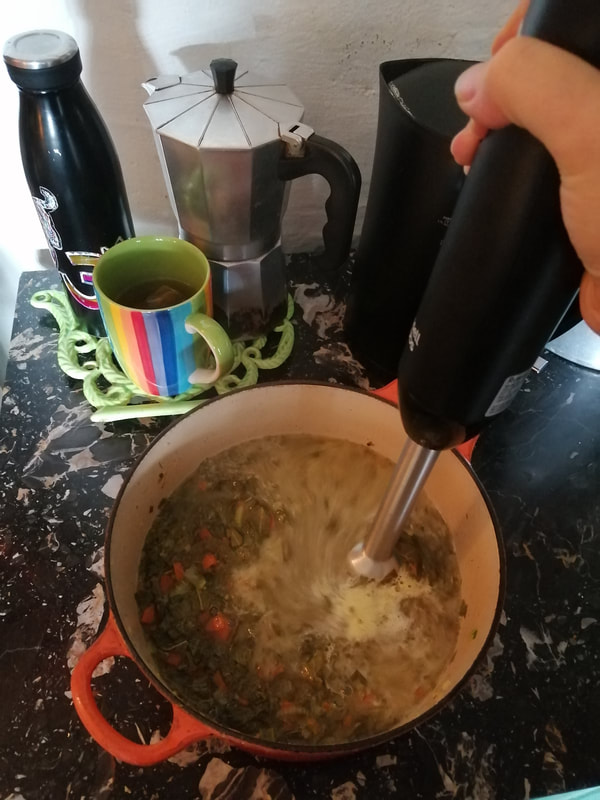

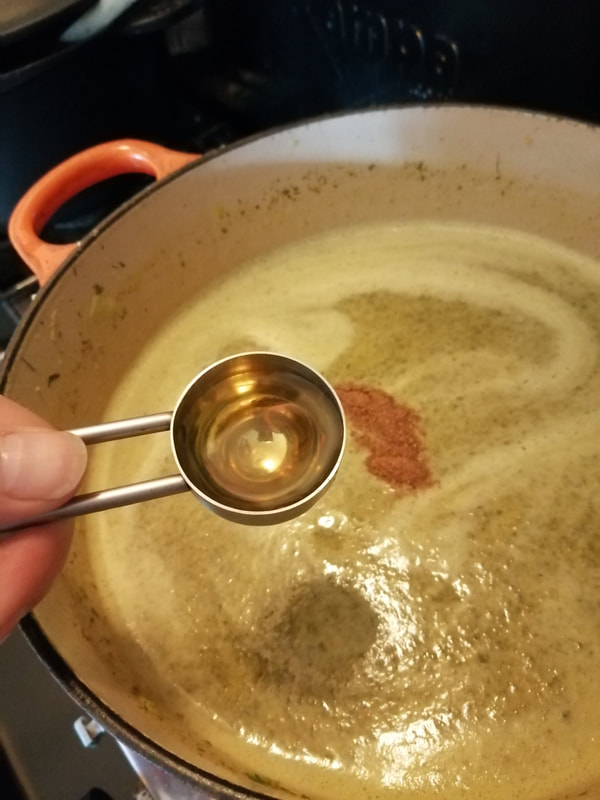
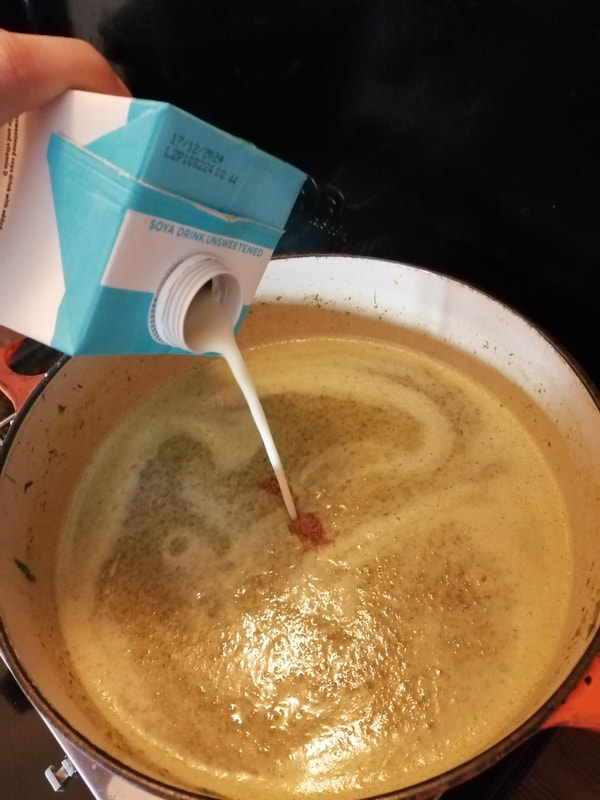
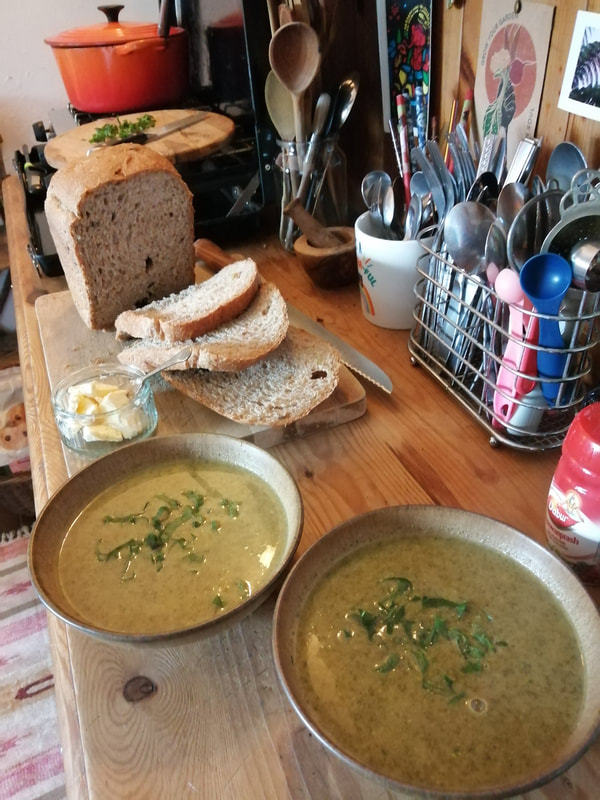
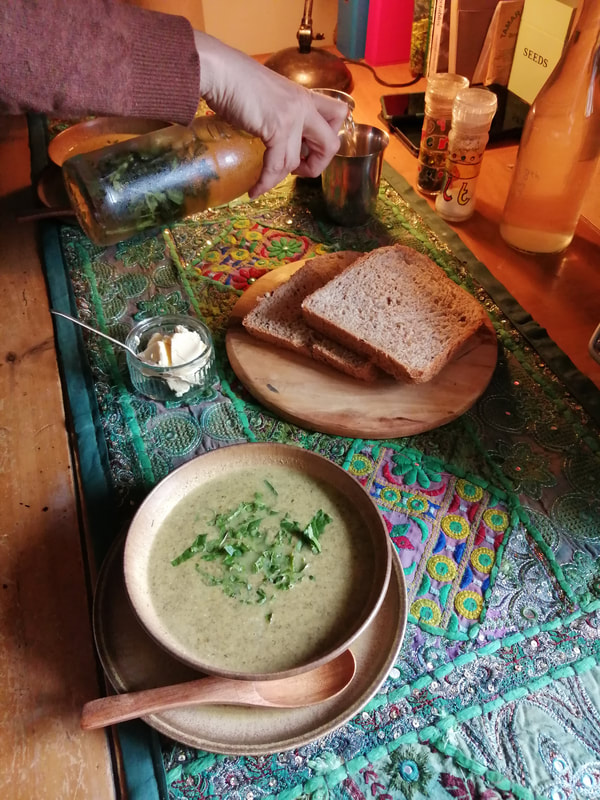
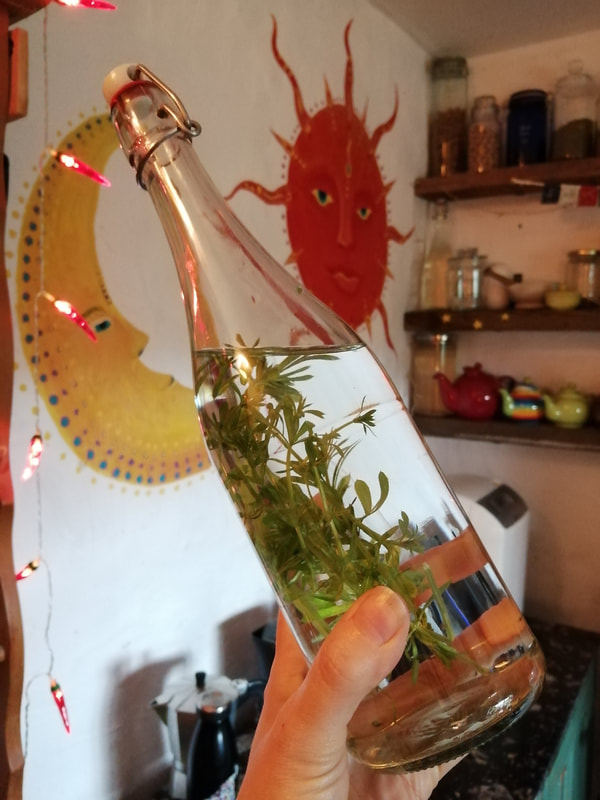
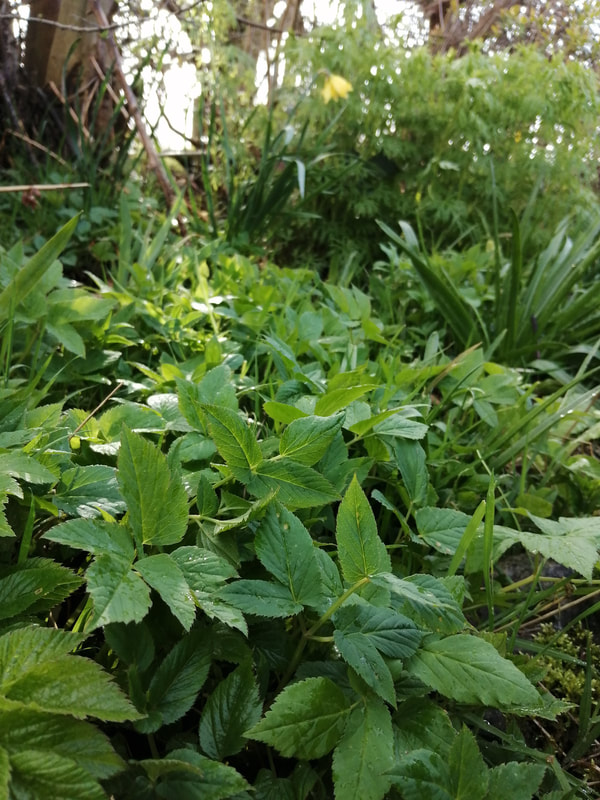

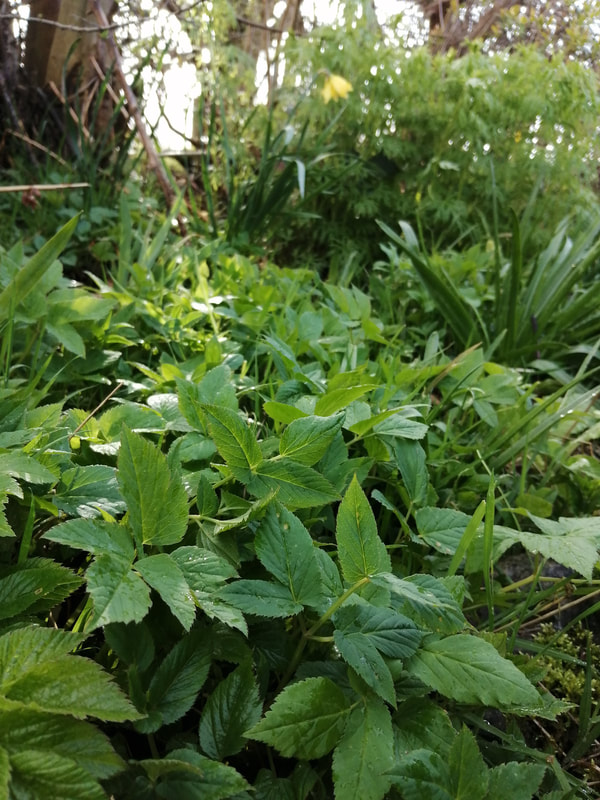

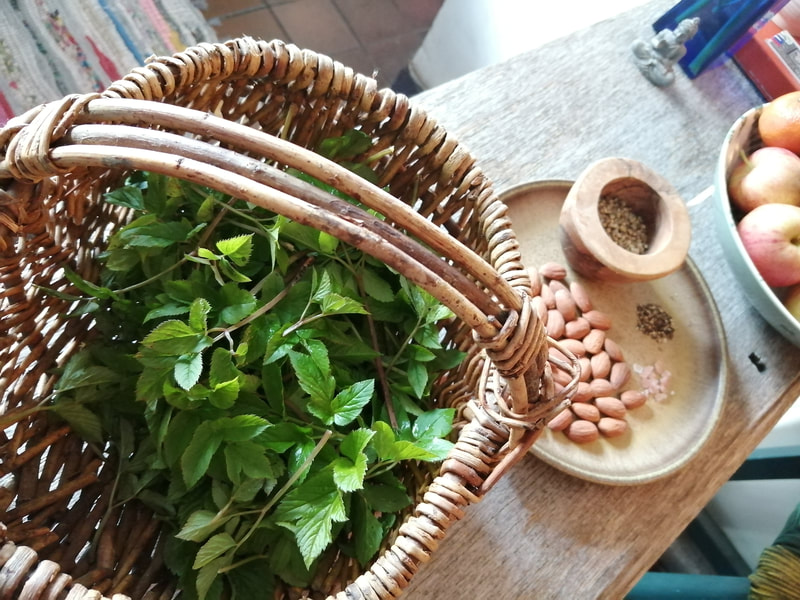
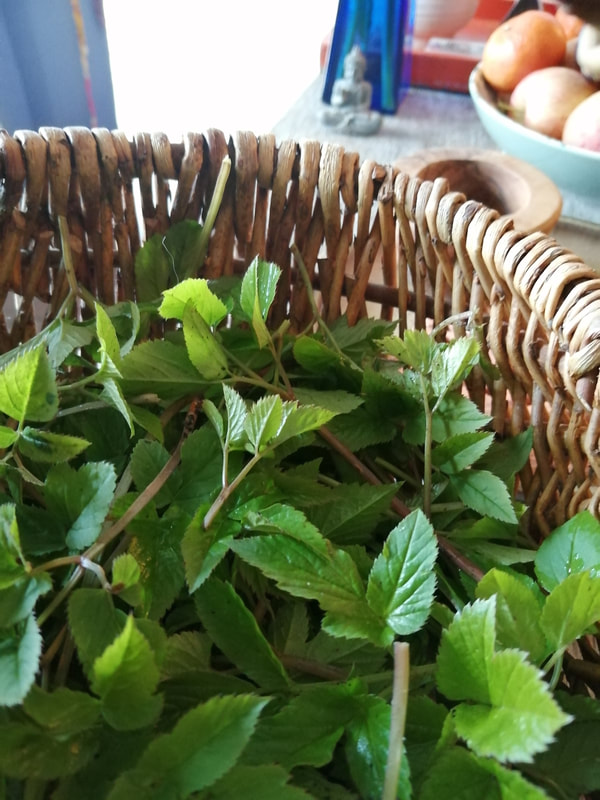
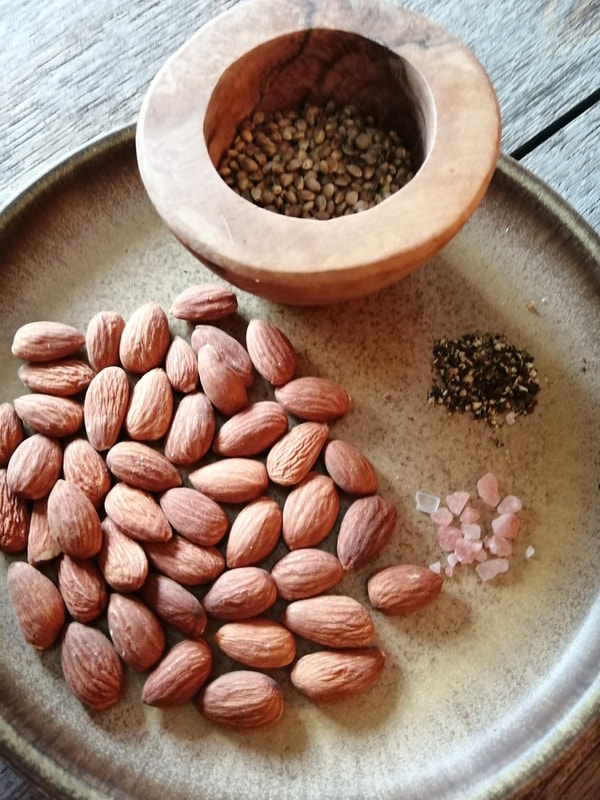
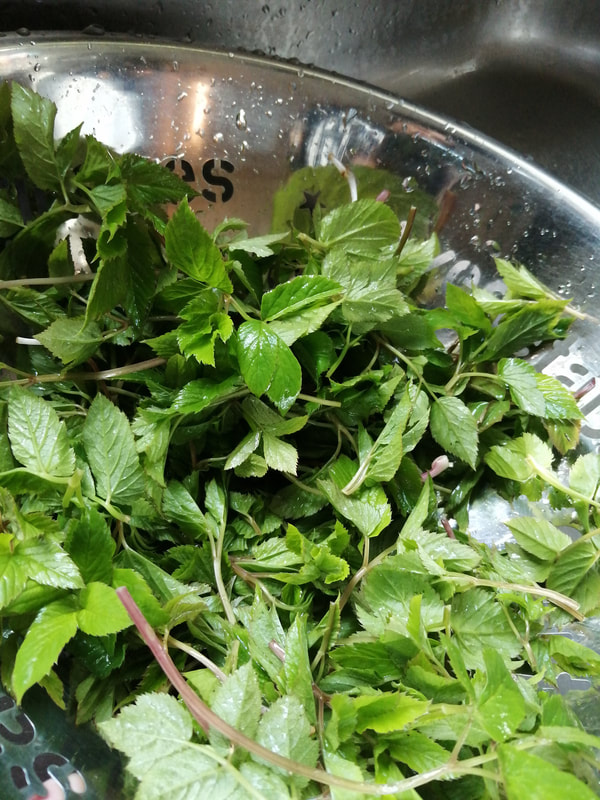
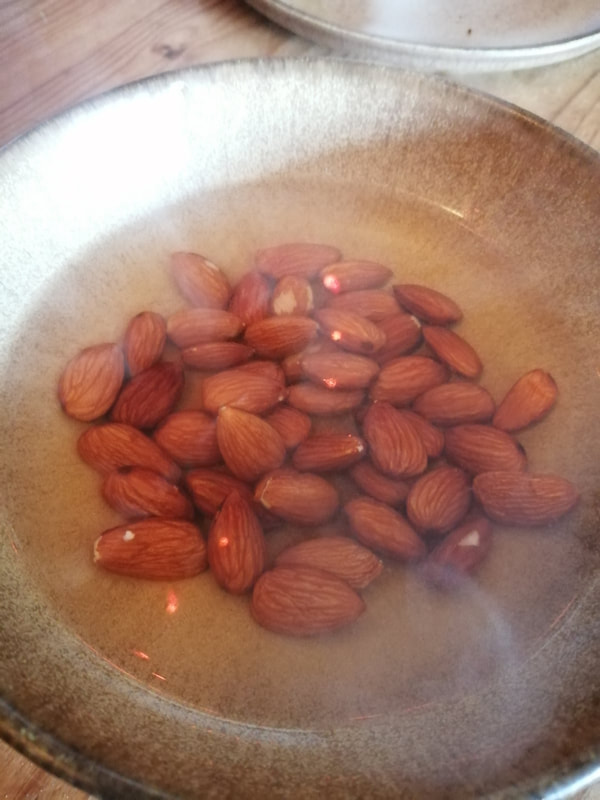
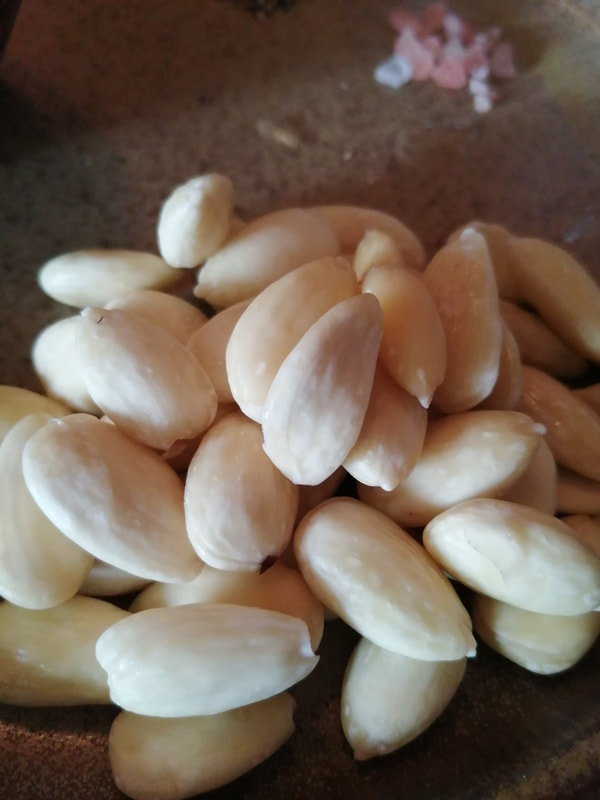
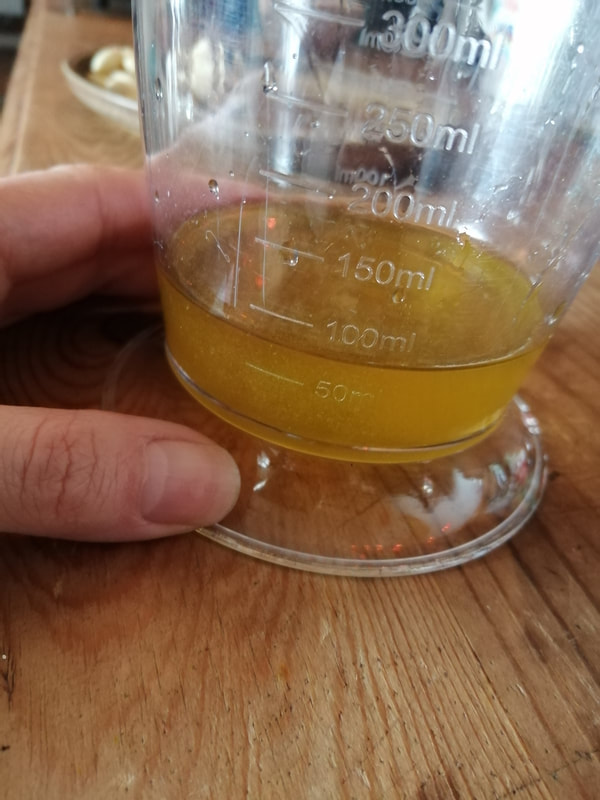
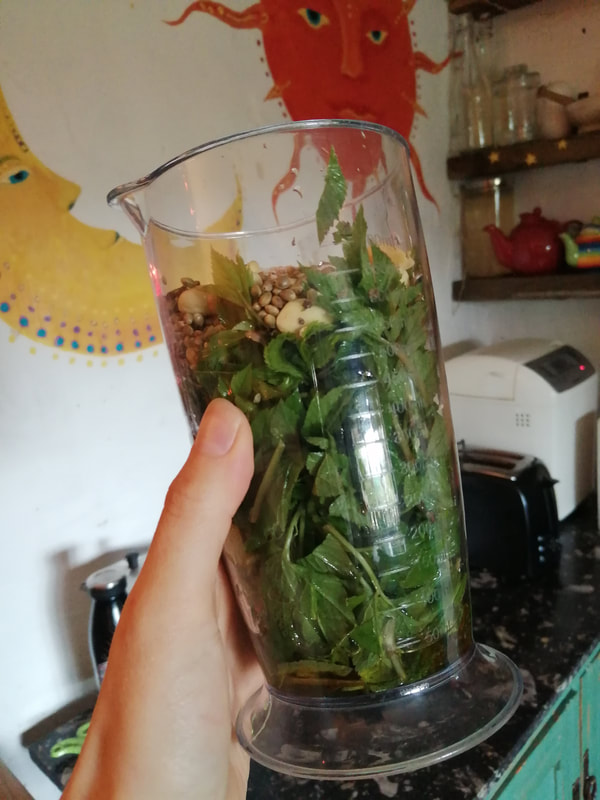
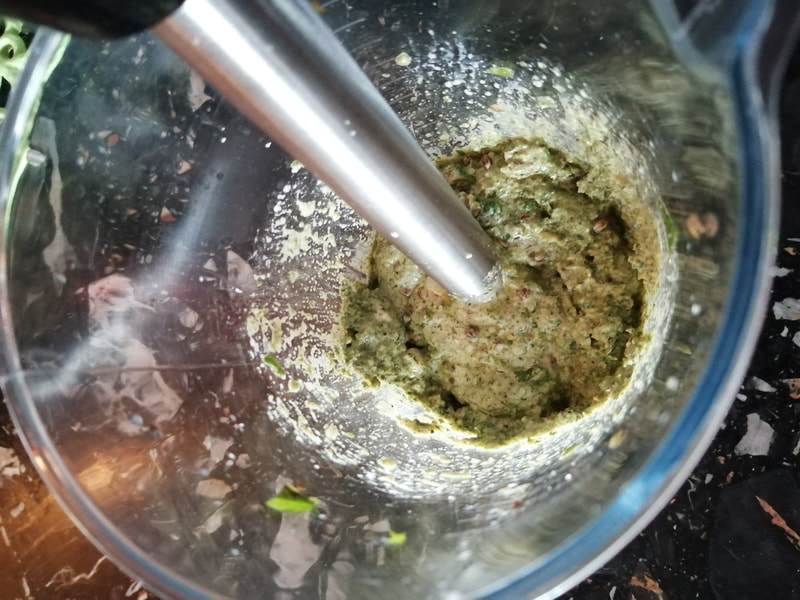
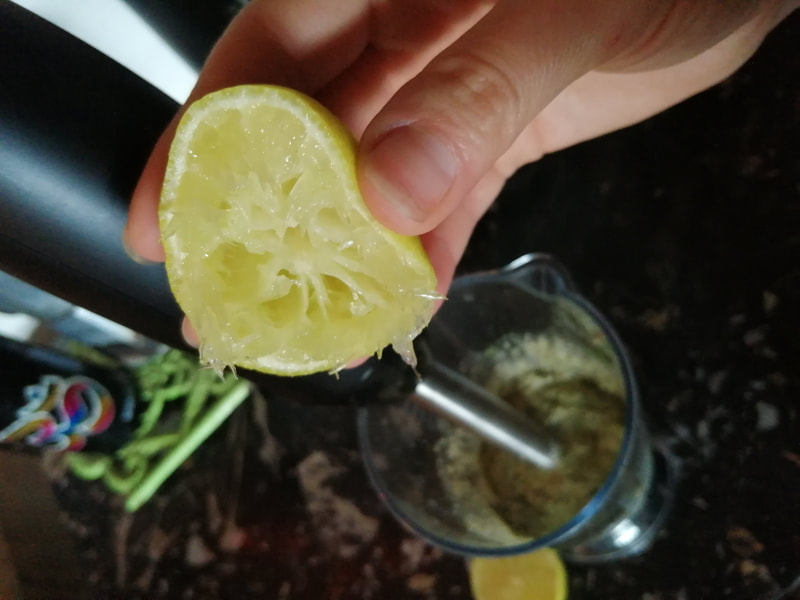
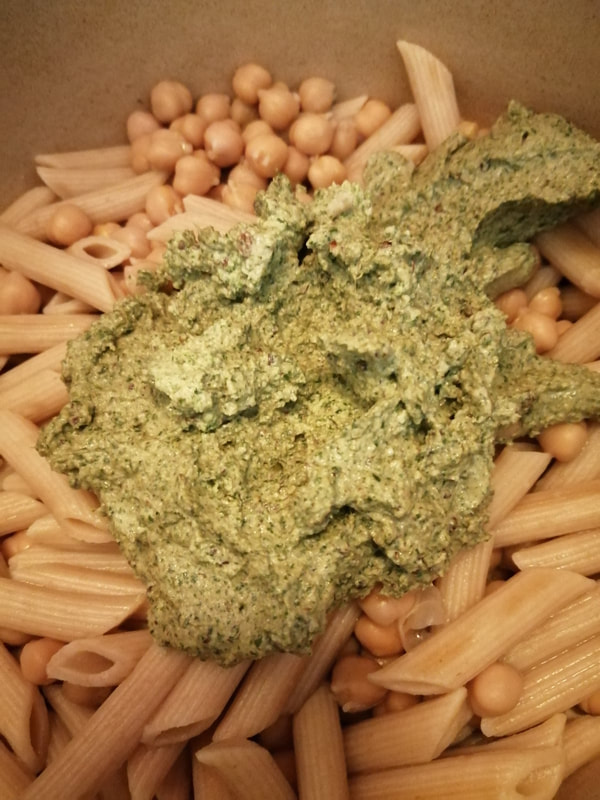
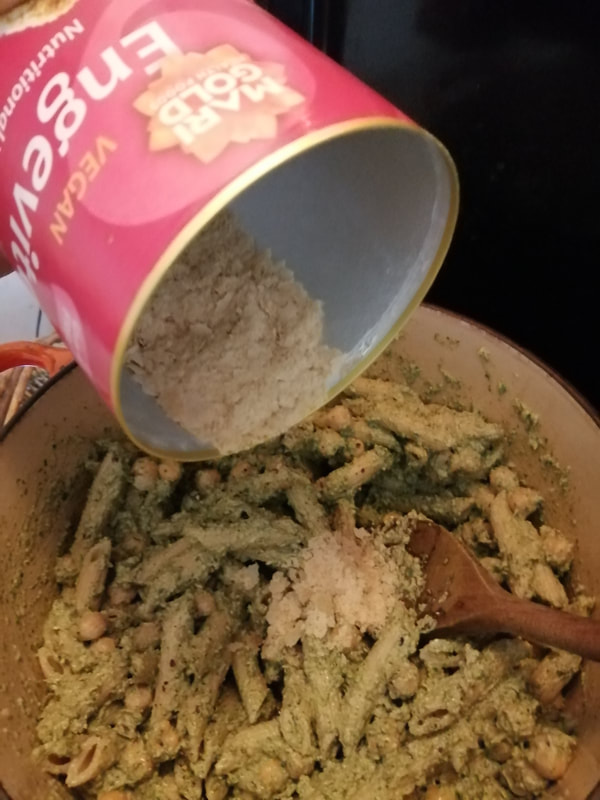
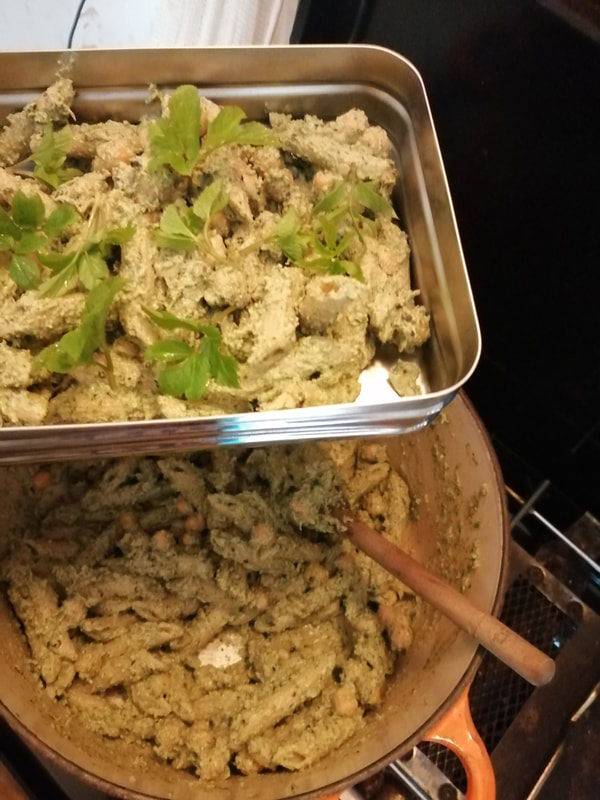

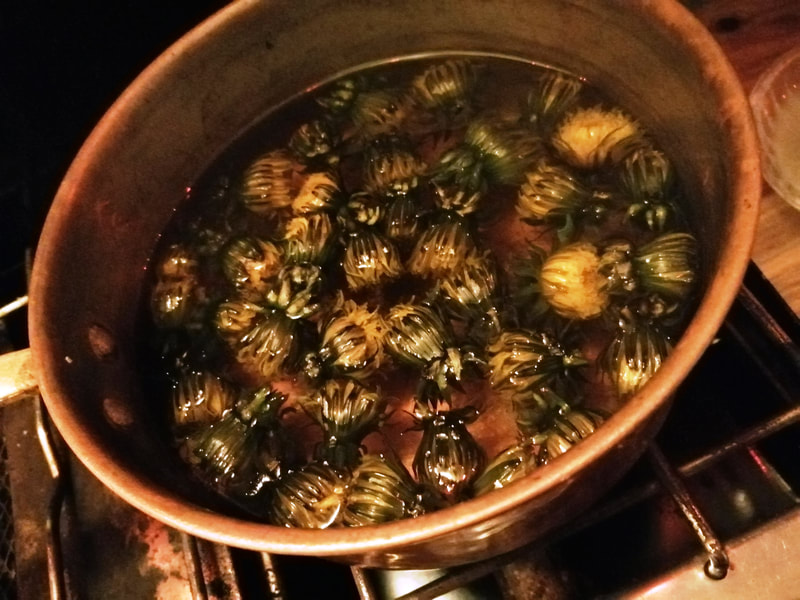
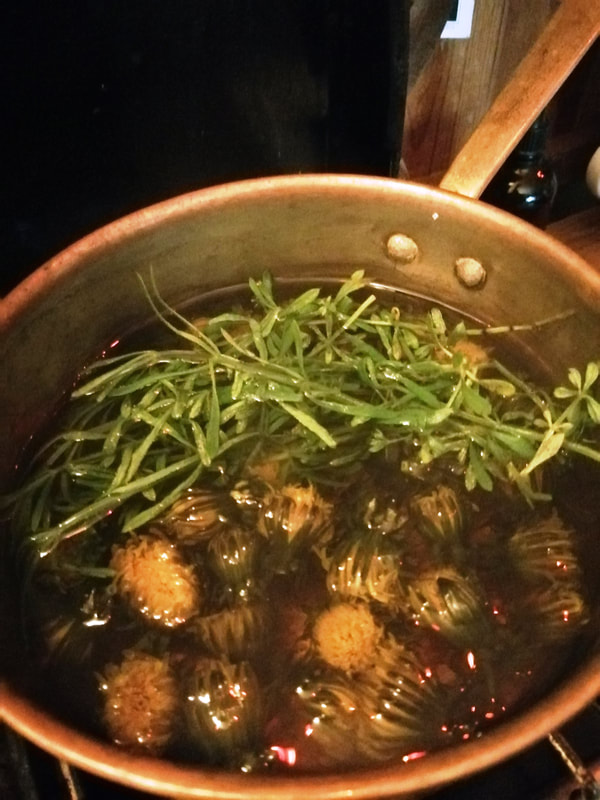
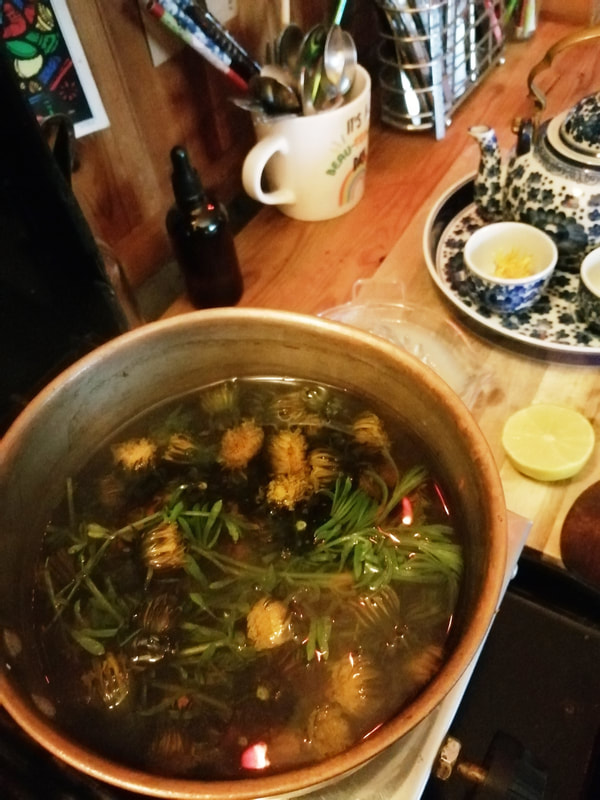
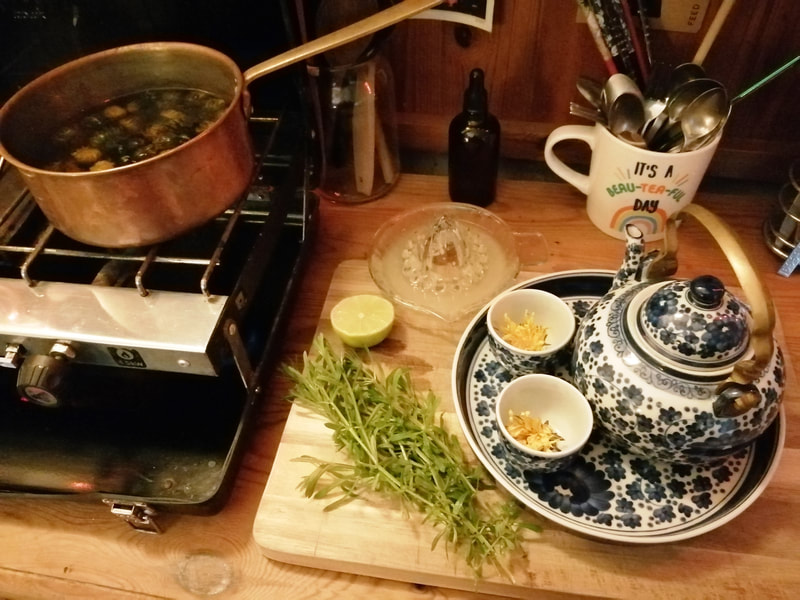
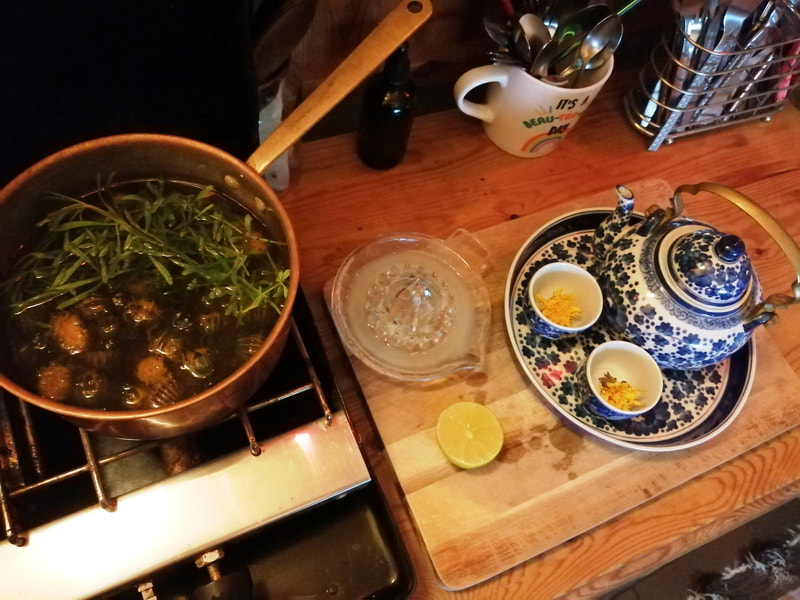

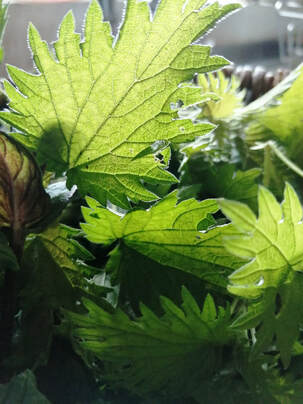
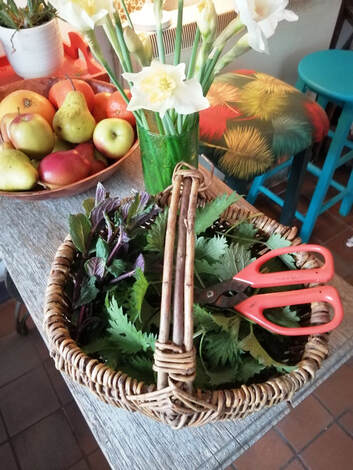
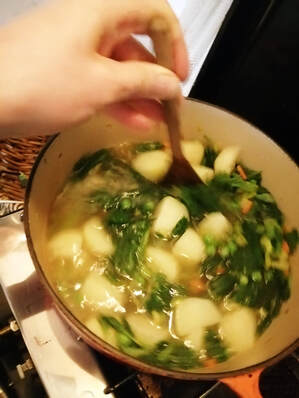
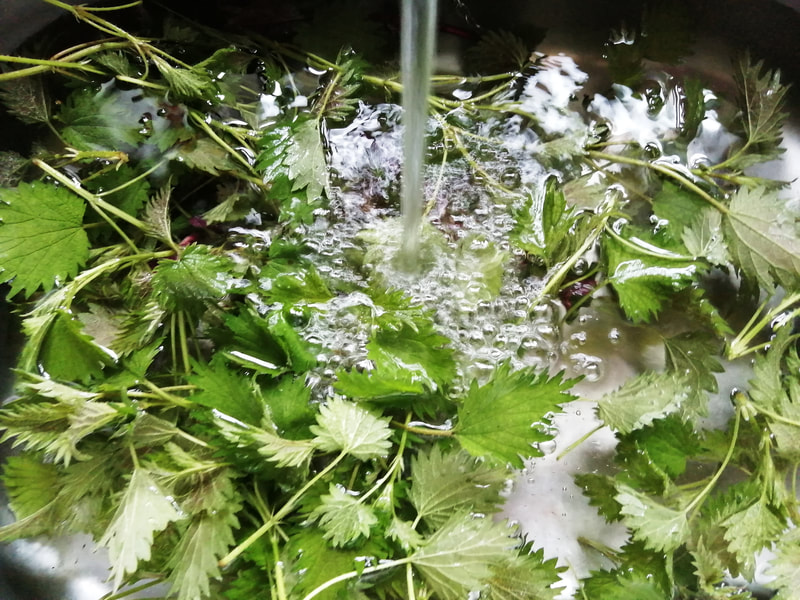
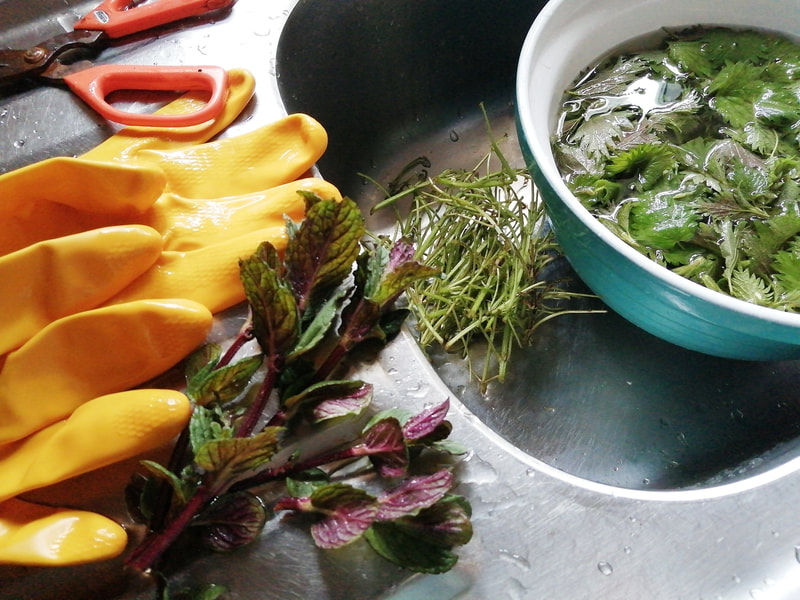
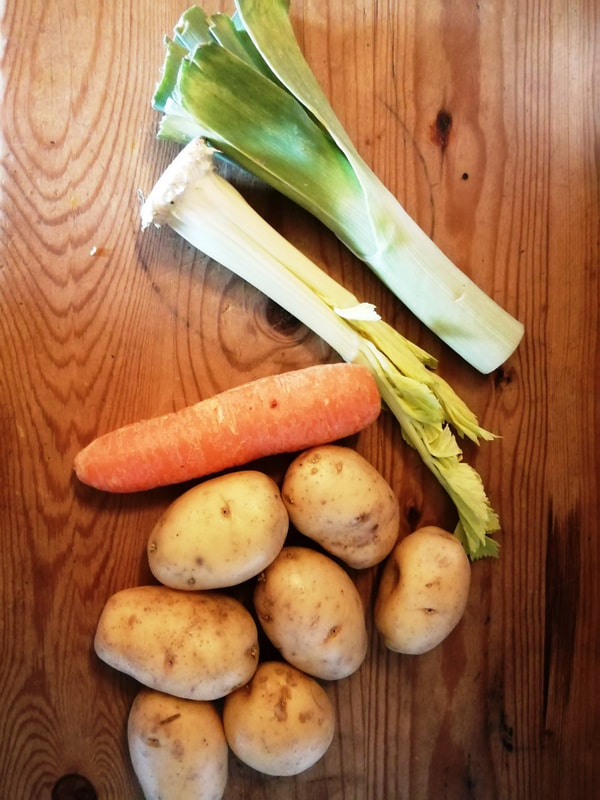
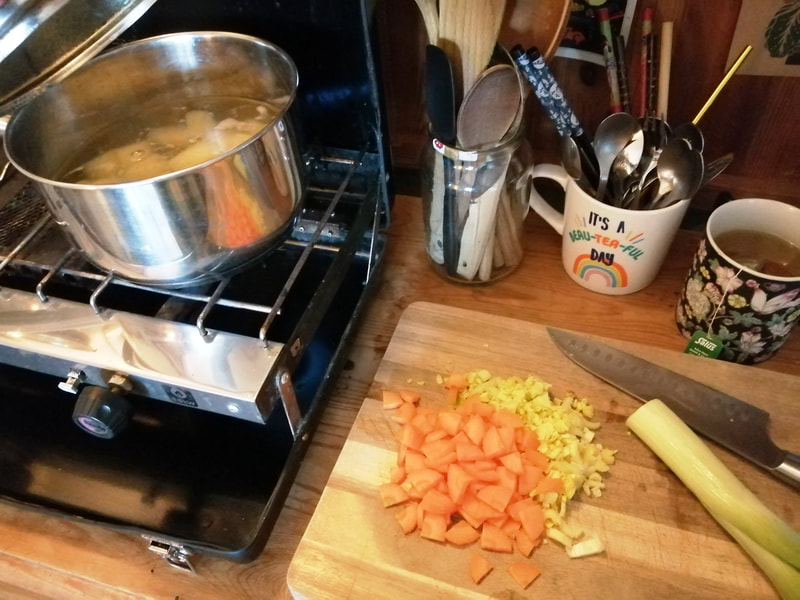
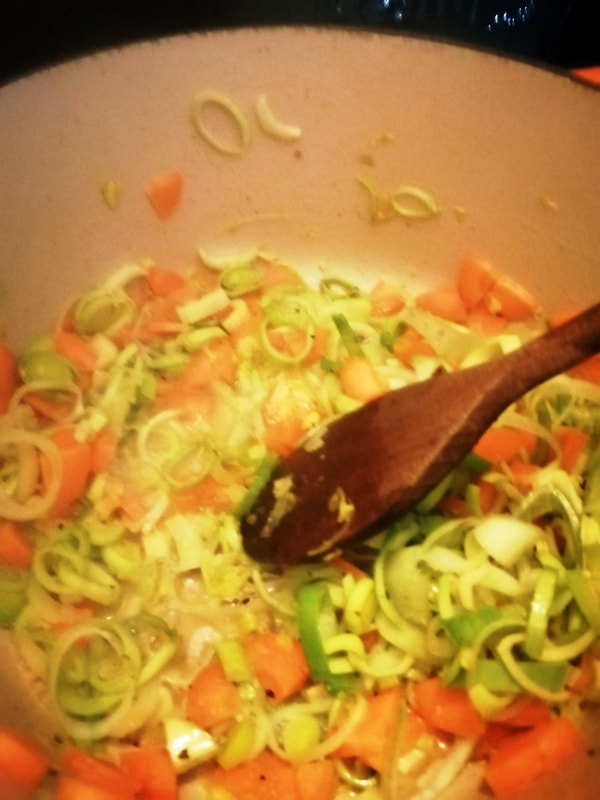
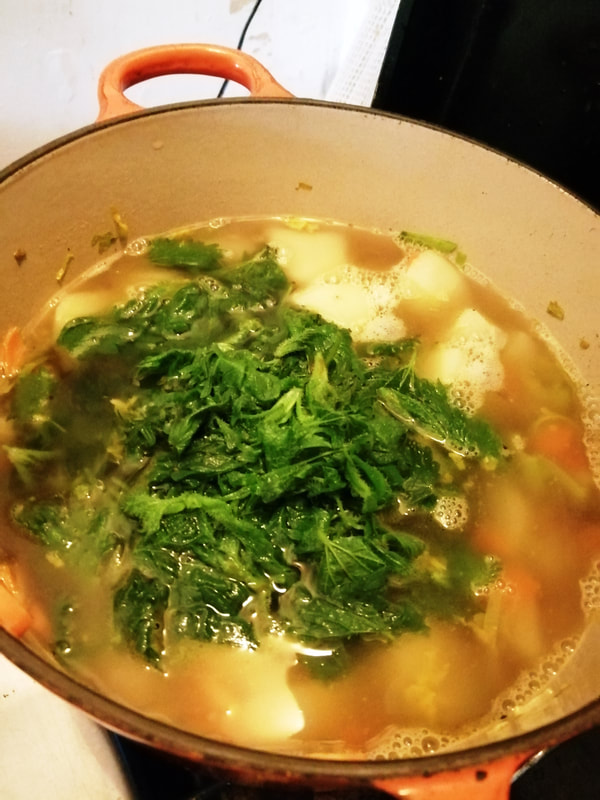
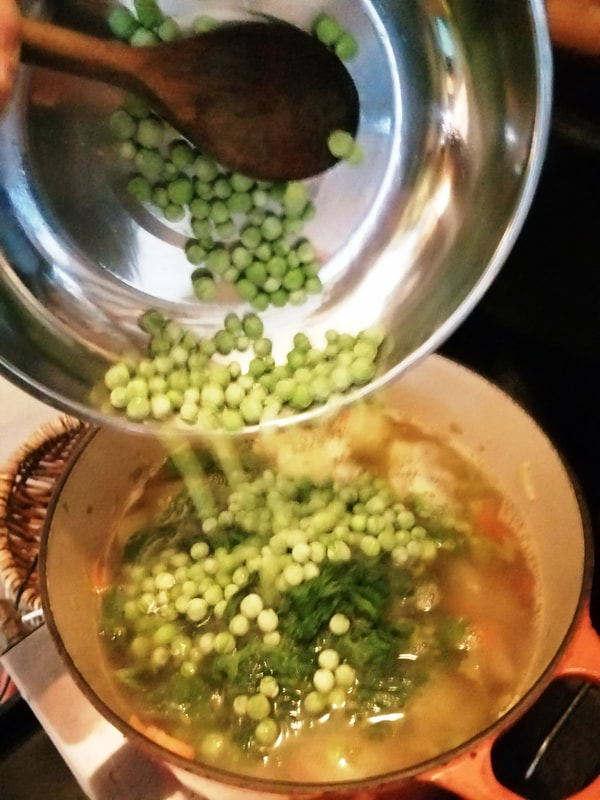
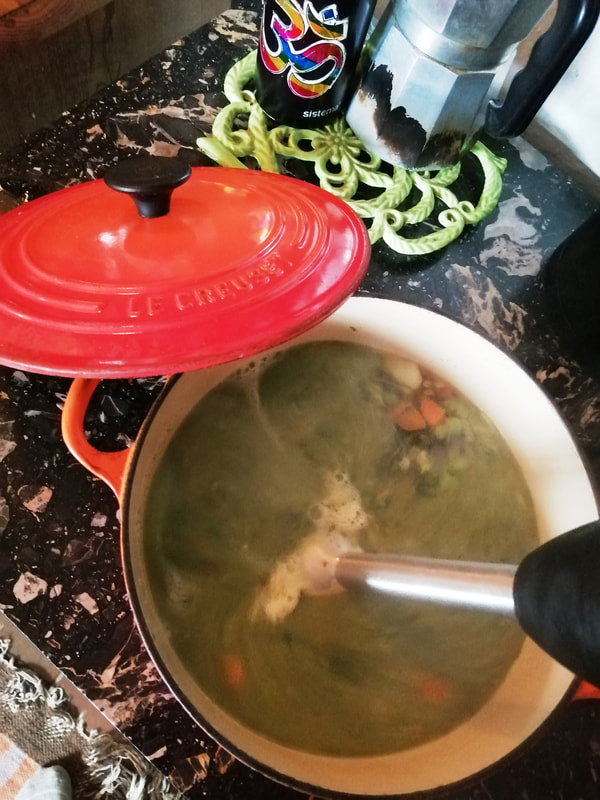
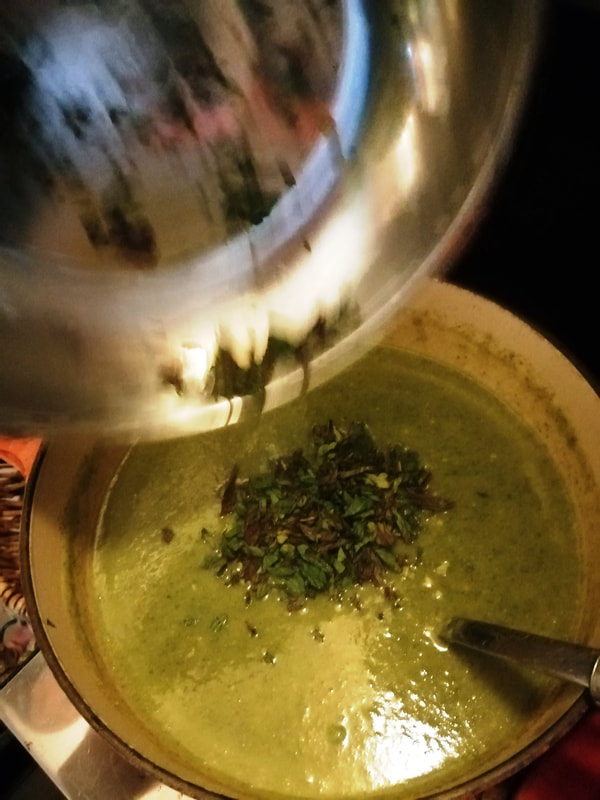
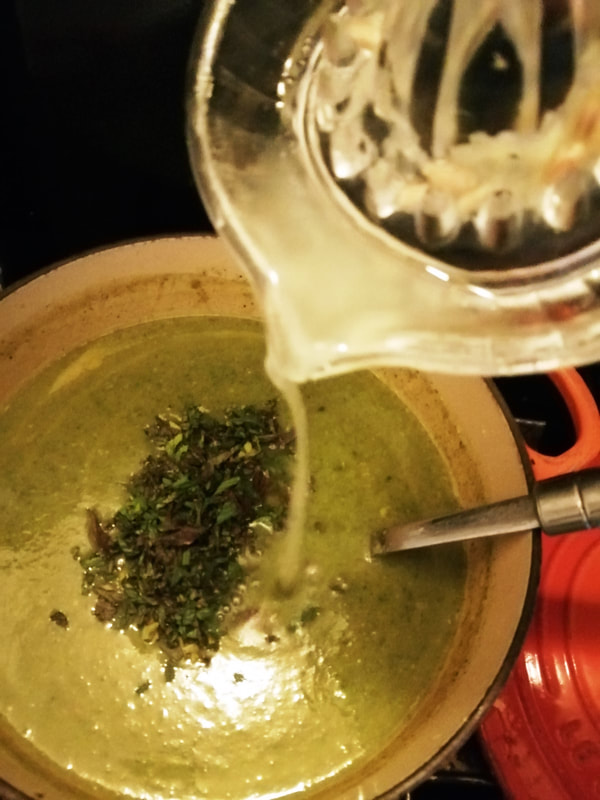
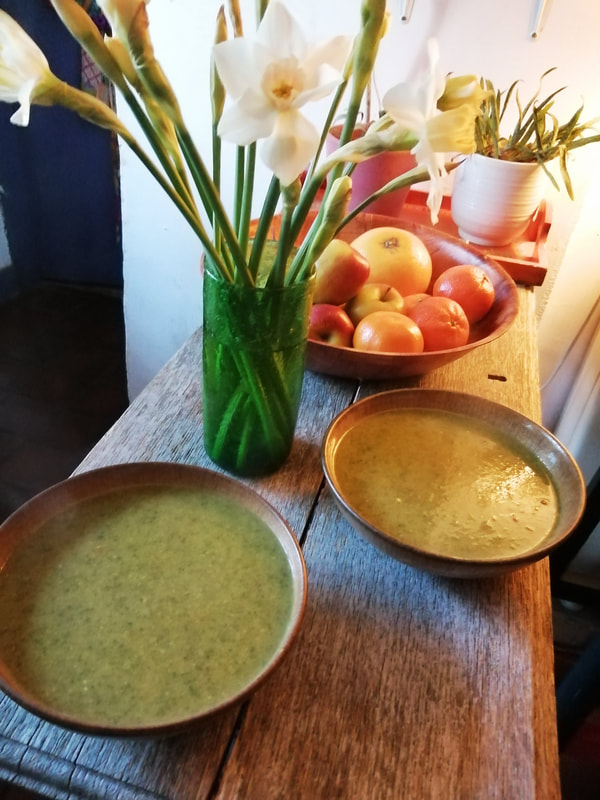
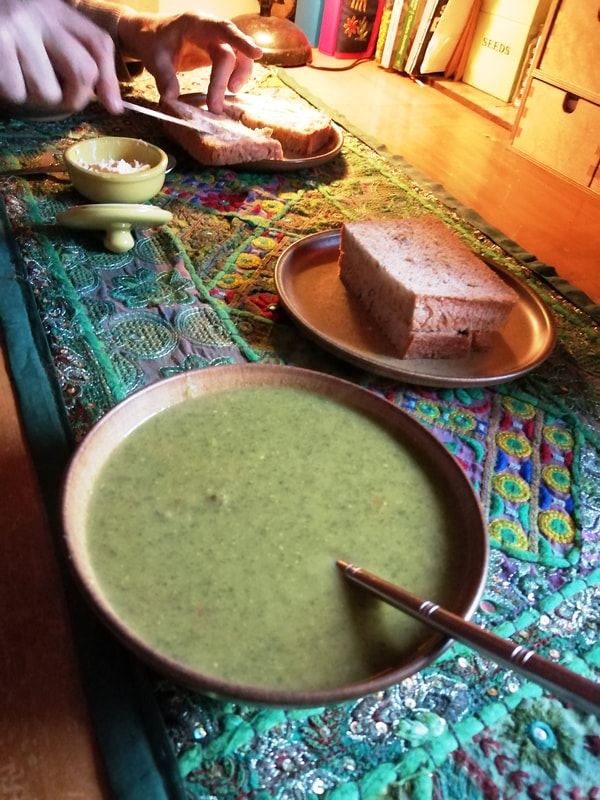

 RSS Feed
RSS Feed
